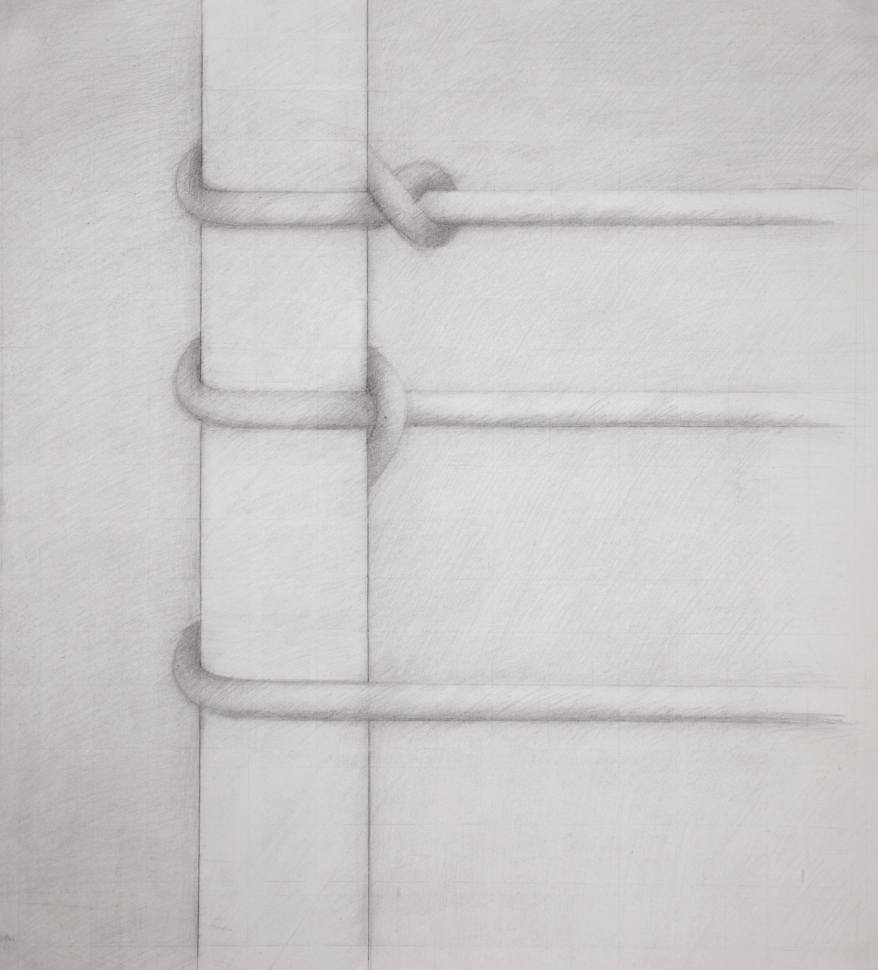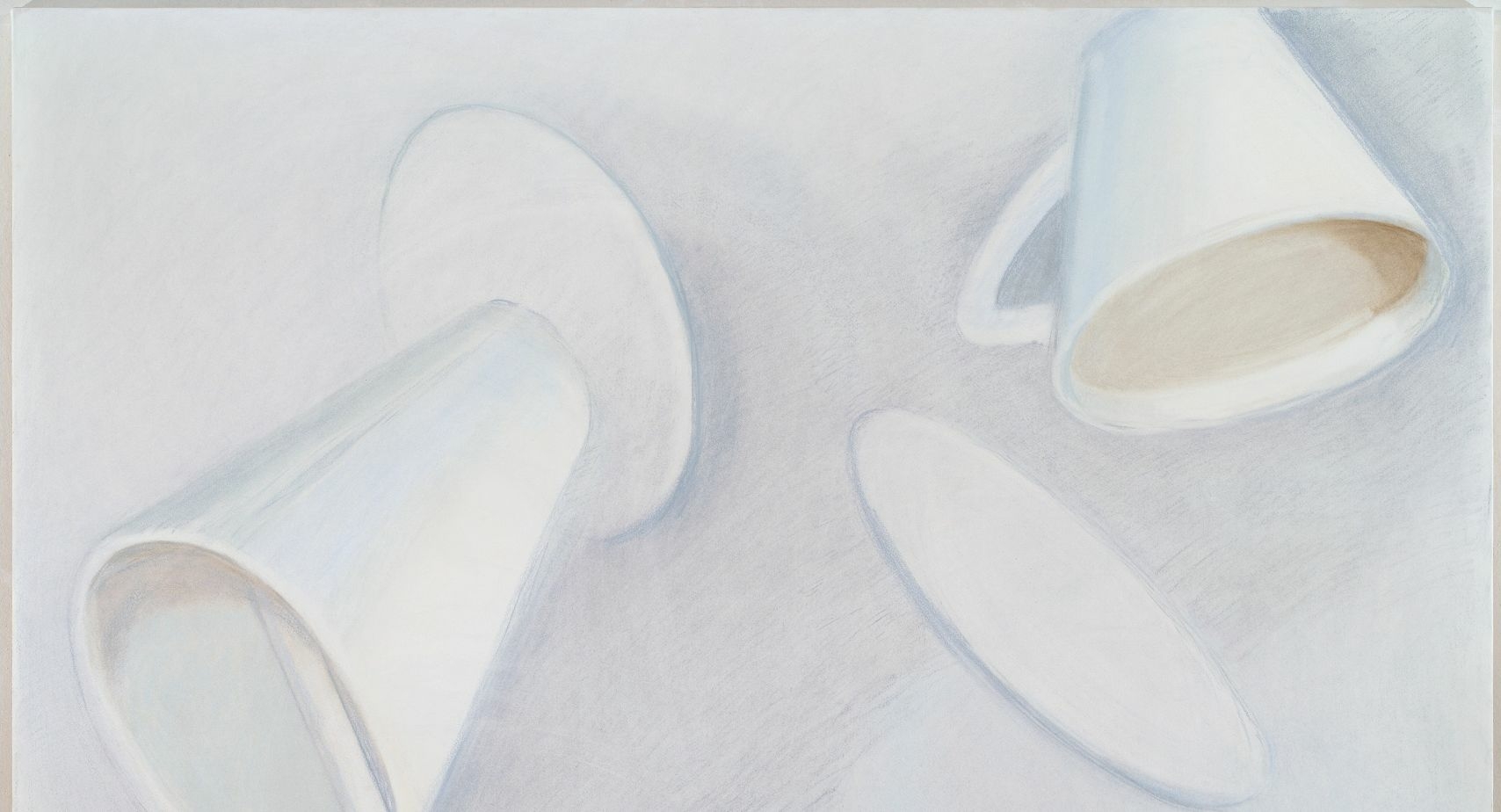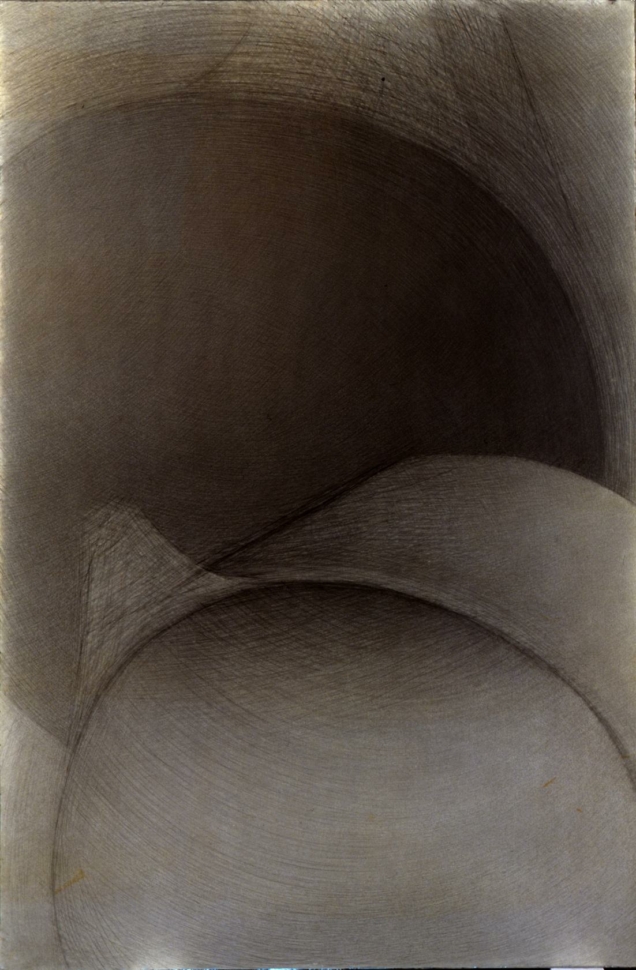A World Explored Through Drawing Helena Musilová
The pencil and pastel drawings and delicate objects made by Jitka Svobodová (82) need space and, at the same time, a certain intimacy, notes Helena Musilová, curator of the exhibition entitled Beyond the Edge of the Visible. The very first retrospective exhibition of the legendary artist offers an experience of concentration – both in the work of the artist and as an experience for the audience.
The work of artist, draughtswoman, painter and creator of objects Jitka Svobodová is known to many people, and they are even convinced that they know it well – simply put: she is dedicated to drawing, and especially to drawing objects. However, once you enter the world of her works of art, everything simple becomes very complicated: drawing is a broad, multilayered concept, a medium with many expressive possibilities, through which Jitka Svobodová explores the world around her in a very authentic way. Similarly, the objects with which she is most often associated are only one section of her work, representing issues of shape and space; equally important is the depiction of the phenomena and situations that surround and frame physical (and later often ephemeral) objects.
Surprisingly, this is Jitka Svobodová’s first retrospective exhibition. She has prepared a series of partial exhibitions where she introduced and verified individual cycles she was working on at the time, to some extent closing them and continuing with other themes. At the same time, this is a retrospective in one of the most beautiful spaces in Prague, but not an easy one from the point of view of installation – pencil and pastel drawings and delicate objects need both space and a certain intimacy that allows focused viewing.
Continuous browsing through Jitka Svobodová’s work and free discussions with her led me to several starting points that determined the actual form of the exhibition. I realised that despite the various drawing techniques and range of colours she used in different periods, and despite the various themes depicted, her work is uniquely compact. That is to say, that while presenting a classical chronological line of work is one possible way of displaying her work, the aim has rather been to try to present certain bodies of thought and the development of certain themes that better capture the nature of the artist’s work. Given the space of the Library, we are creating several sections which, while in some ways respecting the chronological line, radically disrupt it in many places.
The second important starting point in the preparation of the exhibition was the attempt to bring the viewer to “look” as attentively as possible, i.e. to enable a focused encounter with the artist’s works of art. Jitka Svobodová often creates large-format drawings whose execution is masterly and consummate – they do not contain what is often associated with drawing, i.e., attempts to find a potential final shape and various optional solutions. Jitka Svobodová’s drawings are events, independent actions taking place in space and time, demanding the viewer’s attention. They seem to be based on existing relations and familiar spatial structures, which they often unsettle in an unobtrusive way. It is also an adventure to observe the artist’s own drawing gesture, the way she works with pencil and pastel, how she can express dynamism or solidity through this gesture. This is also true of the drawings in space, the objects she has been creating since the early 1970s. These works, made of wire, insulating tubing and dyed papier-mâché, have a distinctly plastic surface as opposed to two-dimensional drawings, and they draw in and respond to their surroundings. Here again, the role of the viewer is of key importance, consisting in their “enjoying” the multiple perspectives and creating their own connections to the surrounding environment.
Jitka Svobodová has repeated several times that one of the paths she considered was to become a sculptor; the choice to devote herself fully to drawing ultimately offered a much broader field for personal exploration, nevertheless, the sense of space, of largesse, of monumentality and, above all, an ever-present “physicality” still refer to some kind of sculptural principle of creation. And, after all, it was in objects that she returned to “handmade” sculptural work.
In the Municipal Library, we are presenting Jitka Svobodová’s works ranging from the mid-1960s, when she focused mainly on painting, to those created this year. The exhibition is structured into five units in the main halls and the entrance corridor (Space and Connection, Objects, Phenomena and Movement, Energy and Light and Trees) and ten “case studies” in cubicles, which have made it possible to highlight certain aspects, such as why we cannot speak of abstract art in the case of Jitka Svobodová’s works. The period of rigid normalisation, her projects accomplished within the Chmelnice symposium in Mutějovice and some unique works, such as the large Day and Night object, will be referred to. An important partner in installing the exhibition is the architect, Josef Pleskot, who has left the halls without panelling to emphasise the way in which the artist’s works are interconnected; he also instigated an installation evoking Jitka’s studio and work desk. Together with the graphic designer Matěj Bárta, we were all driven by the desire to create a space for the artist’s work that was as open as possible and as concentrated as possible.
The more one delves into Jitka Svobodová’s work, the more one realises the extent to which it is filled with strong energy and emotion. In connection with this, we can discuss philosophical questions about the nature of being, existence, unity and the whole, the relationship of a human being to systems, nature and the universe… and engage with questions of creation as such.



